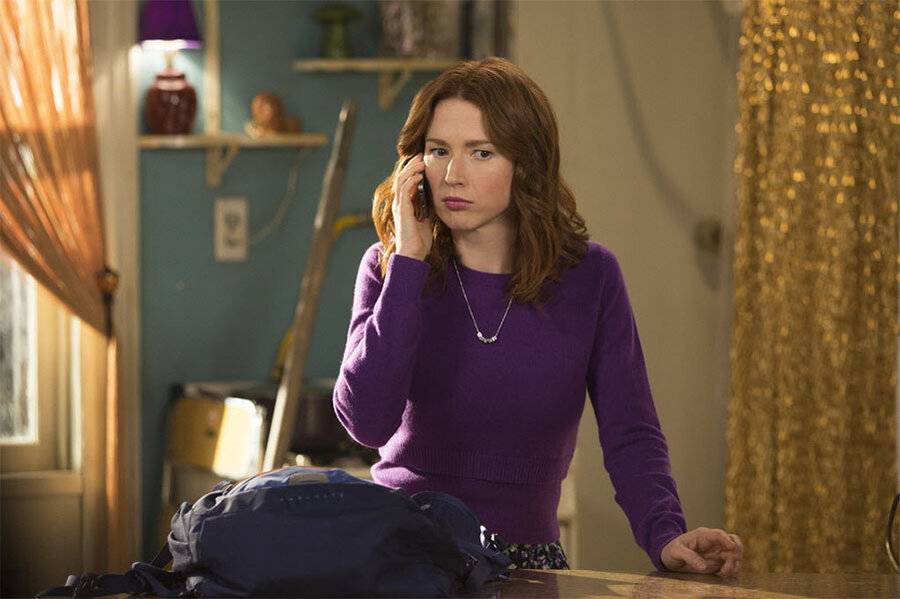Netflix: When shows will return and how big is the audience?
Loading...
Netflix fans want to know when they can expect their favorite shows to appear. But at the Television Critics Association winter press tour, the industry buzz was about just how big the audiences are for Netflix shows.
First, the fans. The superhero program “Jessica Jones” and the comedy “Unbreakable Kimmy Schmidt” have been renewed for second and third seasons, respectively. And fans can look forward to the "Kimmy" premiere on April 13, while "Grace and Frankie" will air on May 6 and "Orange" returns on June 17.
But how many will be watching?
In contrast to broadcast and cable networks, which make public how many viewers tuned in to a certain program, Netflix famously does not give out data about how many of their subscribers watch a certain program.
Those at Netflix have occasionally provided glimpses into the success of their programming, as when Netflix revealed in 2013 that “Orange Is the New Black” was the service’s most popular program ever at that point in time.
But Netflix audience numbers are never given and TV rivals may be frustrated. Earlier in this year's TCA press tour, Ted Wurtzel, NBC’s president of research and media development, presented research that Wurtzel said revealed how many people actually watched Netflix shows. Wurtzel provided numbers, including that more than 4 million viewers watch “Jessica Jones.”
Others have complained about Netflix not sharing data before. FX Networks CEO John Landgraf said during this same TCA press tour, "I think it’s ridiculous that we don’t have usage numbers from Netflix."
But Netflix says the ratings shared by NBC aren’t correct. “Given what is really remarkably inaccurate data, I hope they didn't spend any money on it,” Netflix Chief Content Officer Ted Sarandos said.
Why do broadcast and cable networks share ratings? If a show is getting higher ratings, it can garner more ad revenue. Netflix doesn’t run ads, so audience size per show doesn’t figure into their business model in the same way.
But even cable networks like HBO, which also has viewers pay to access them, are tracked by Nielsen.
With a broadcast show in particular, ratings are analyzed immediately and the ratings are a large part of how those outside a show perceive whether it’s a hit or not. With a Netflix program, people only know how critics responded or how much their friends are talking about it.
What does Sarandos say about viewership for Netflix’s programs? “If we were spending a lot of money on shows people weren’t watching, they’d cancel," he said. "Unlike any of the other companies presenting here, you can cancel Netflix with one click.”
One benefit that not revealing ratings may give Netflix? There's less pressure about viewership. Sarandos himself said at one point of announcing ratings, “It puts a lot of performance pressure on shows that otherwise will be great shows over time and you try to do things to manipulate.”
Don’t expect the discussion to end here. Broadcast and cable networks are no doubt not pleased that Netflix doesn’t have to reveal the same information as they do, especially as every TV network and streaming service is fighting for viewers' attention in a TV world that's full of options.








